
Reagent vials. Make sure to clean any reagent that gets on the lip of the vials or on the vial threads. 3. Prepare the sample: Add 2 mL of sample to one of the vials. 4. Prepare the blank: Add 2 mL of deionized water (included in the kit) to the second vial. Use only water that is free of all nitrogen-containing species as a substitute for the

US$ 0.041-0.155 / Piece. (FOB Price) Clear Amber 1.5ml 2ml Autosampler Vial Hplc Vials Glass Clear Amber 1.5ml 2ml Autosampler Vial Hplc Vials Glass Bottle 11.6×32 With Writing Patch Ptfe Gasket And 9/425 Open Top Cap , Find Complete Details about Clear Amber 1.5ml 2ml Autosampler Vial Hplc Vials Glass Bottle 11.6×32 With Writing
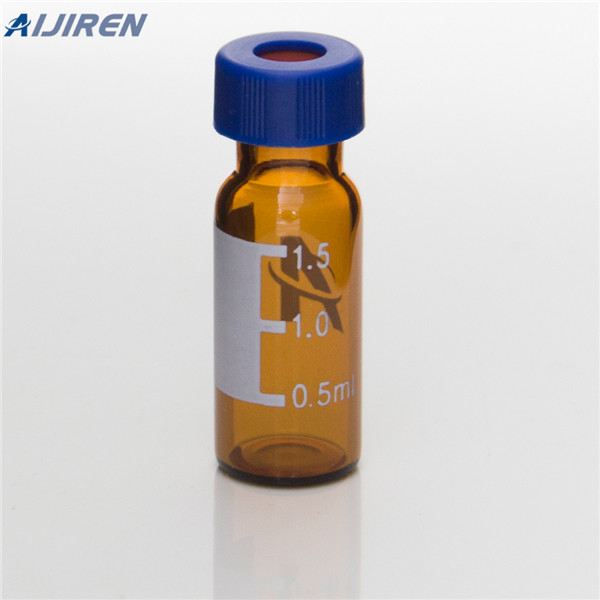
Description: Standard opening crimp-top vials have a maximum fill volume of 1.8 ml and are manufactured from inert, 33 expansion borosilicate glass. Certificates ,66020-953CS,66020-953PK,82028-402CS,89239-004CS,89239-004PK

With inserts you Need less than 10µL volume. Wit normal 2mL vials I would recomend between 150 and 250µL. the volume is 300 uL and I use total recovery vials instead of the normal 2 mL ones ...
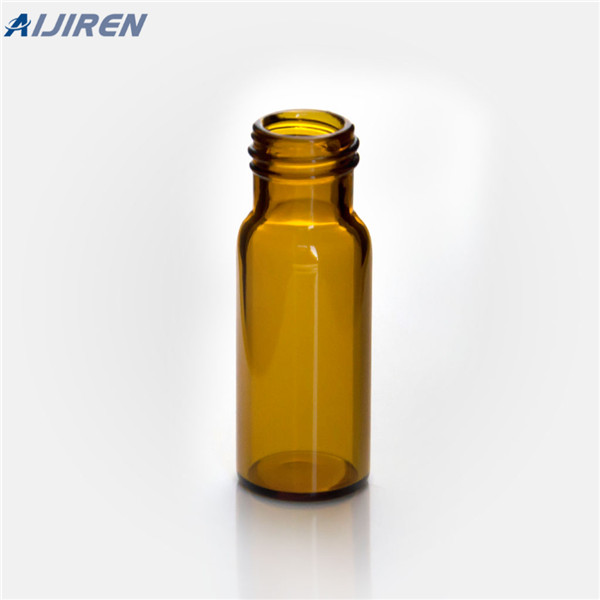
The LCGC Certified Amber Glass 12 x 32 mm Screw Neck Max Recovery Vial has a PTFE septum that is perfect for single injection applications. It is also good for MS applications because of its high solvent resistance and chemical compatibility. The universal screw cap exerts a mechanical force on the septum, which squeezes it between the glass

Carefully complete filling the vial to form a meniscus (the curved upper sur-face of a liquid formed by sur-face tension), or use the vial cap to top off the vial and form a meniscus. STEP NINE Screw the cap onto the vial with the Teflon side of cap liner face down, in contact with the water. Roll or shake vial to fully mix ascorbic acid. Carefully
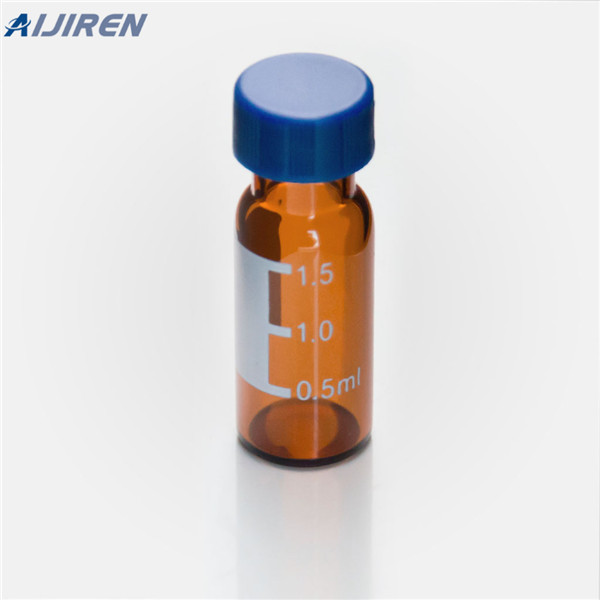
SureStop vials with AVCS caps. 4, 8, 12, 16, 20, or 40 mL vial-cap kits. 20 mL screw top vials with 24 mm caps. 20 mL screw top headspace vials with 18 mm caps. Innovative technology ensures proper vial-cap seal every time. For use with environmental analyses under EPA regulations. For use with scintillation assays.
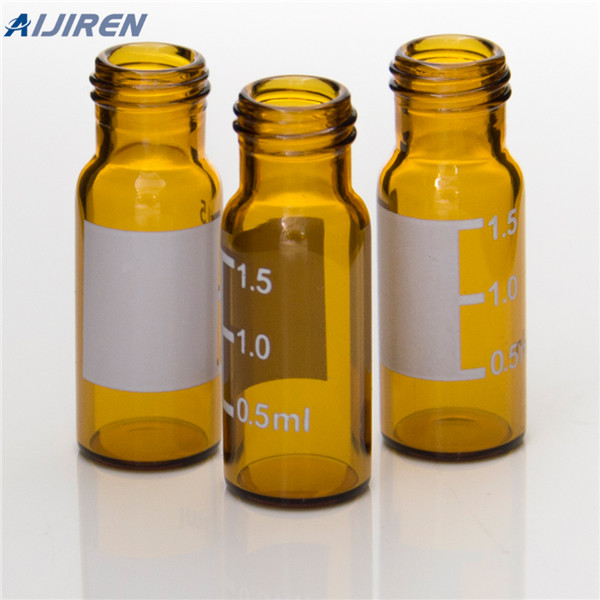
1 mL Shell Vial (1) 1.5 mL Total Recovery Glass Screw Vial, Level 3 (3) 1.5 mL Total Recovery Glass Snap Vial, Level 3 (3) 1.7 mL High Recovery Glass Screw Vial, Level 3 (3) 1.7 mL High Recovery Screw Glass Microvial, Level 2 (3) 10 mL Crimp Headspace Vial, Level 2 (6) 10 mL Screw Headspace Vial, Level 2 (6) 11 mm Crimp/Snap Vial (1)

Choose Thermo Scientific™ 1.5 mL Total Recovery Glass Snap Top Microvials, Performance Level 3, when you need to maximize the injection volume for <2 mL samples.

compared to the traditional Soxhlet method. ASE meets the requirements for PAH analysis as described in U.S. EPA SW-846 Method 3545 (Proposed). Table 1. Recovery of PAHs from Contaminated Soil (SRS 103-100)a Compound Average Recovery, n = 8 (as % of Soxhlet) RSD (%) Fluorene 83.4 1.6 Phenanthrene 119.2 1.9 Anthracene 88.0 6.6 Fluoranthene 101.2 14
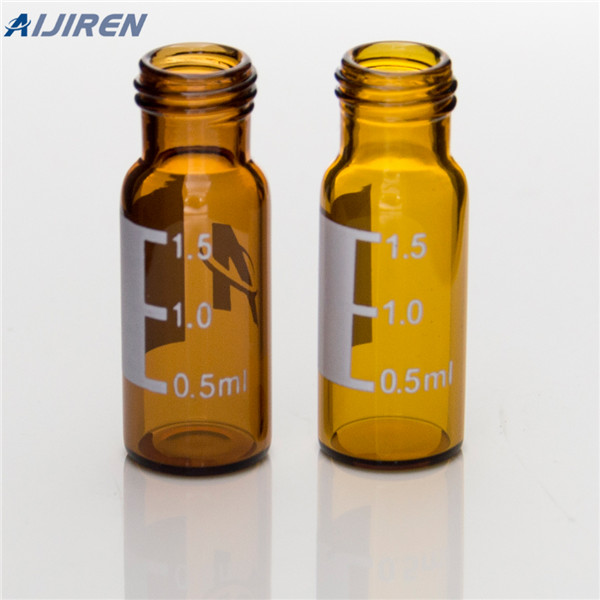
Aijiren's 2 mL screw top vials are constructed from Type 1 borosilicate glass, with low metal content, to protect your sample from destabilizing or leaching. Our 2 mL glass vials are available in both amber and clear versions. The associated 9 mm vial screw cap comes with your choice of septa constructed from either PTFE/silicone, PTFE/silicone
.jpg)
Fisher Scientific offers the vials you need for all of your laboratory requirements and applications. Whether your needs include chromatography, sample storage, cryo-preservation or scintillation, we have options for you.
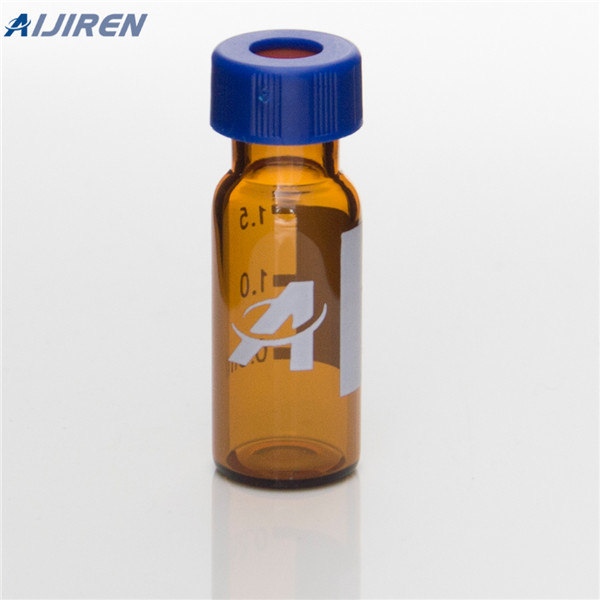
High Recovery vials are wide opening, 1.5 mL with a 30µL reservoir. Perform sample concentrations and injections in one vial. Allow virtually total recovery of the sample.
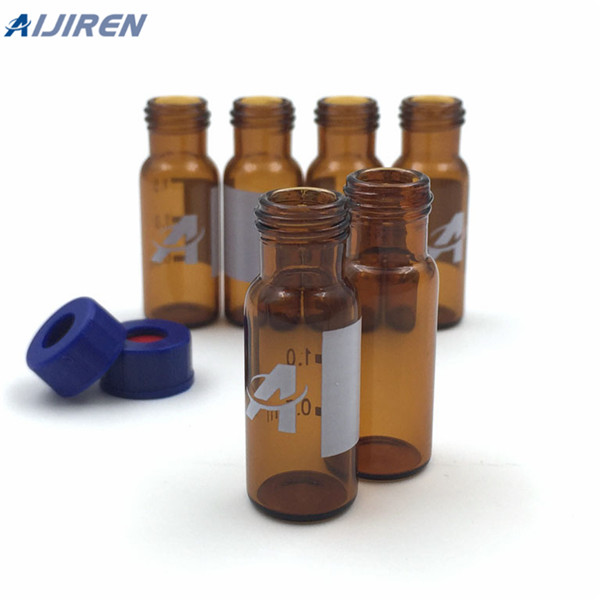
The above data demonstrates that the method is precise for each individual solvent at LOQ level. The results were calculated in the form of % recovery and are summarized in the table-14 to table-16. The representative chromatograms of accuracy are shown in Figure-VI. The % recovery for each individual solvent should be between 80.0 to 120.0.
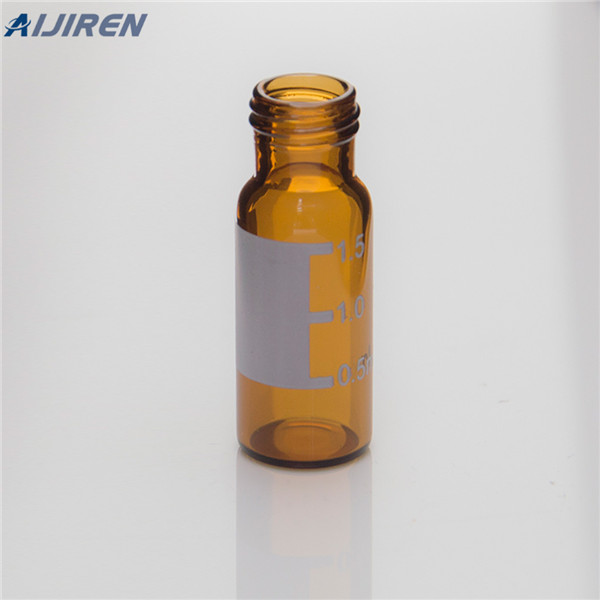
Waters Total Recovery vials – 0.7 mm Waters Max Recovery vials – 2.1 mm Waters flat-bottom vials – 0.1 mm To access the setting, click the General tab in the Sample Manager instrument method, and then click Advanced. • The Sample Manager’s Z-axis calibration affects the needle placement within the vial.